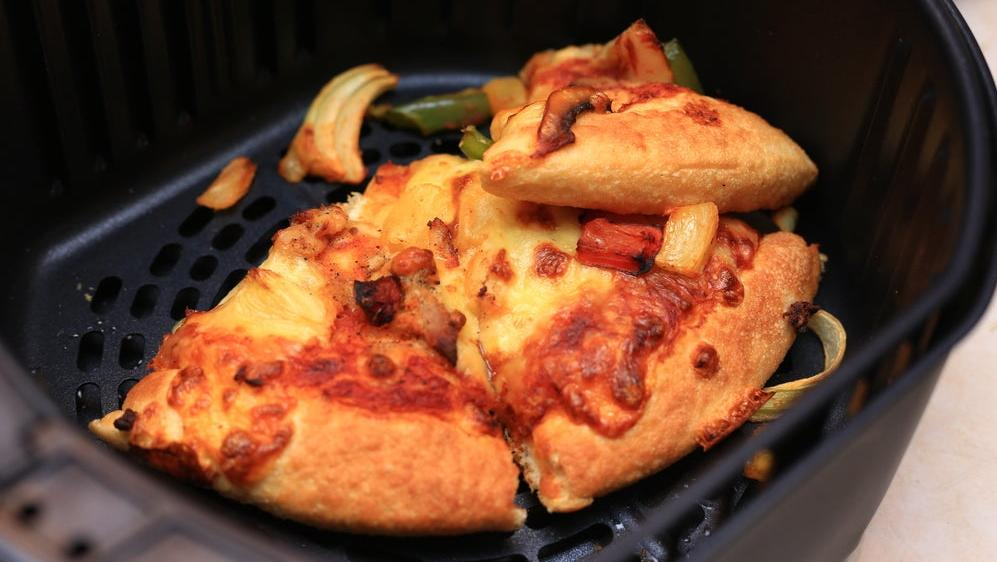Air Fryers Aren't Going Anywhere
Food companies are betting big on the hottest trend of 2018.
I genuinely thought air fryers had become so last season, a countertop appliance that had already reached everyone it was going to reach, beginning the slow fade from home kitchens as people grew bored of them—but major food companies heartily disagree, and they have the numbers to prove it. CNBC reports that a number of food giants are not only confident air fryers will stick around, but that they're on their way to becoming the next microwave.
As with sourdough starters and ghost kitchens, the pandemic is largely responsible for popularizing the use of air fryers. But the reason they stick around might have more to do with the added convenience, their reputation for making "healthier" food, and the ways in which we can lean on them during times of high inflation and ballooning grocery costs.
The popularity of air fryers, explained
Although the pandemic may have boosted the air fryer's prominence in American households, the kitchen appliance has been on the market since 2010. The Chicago Tribune details the history of the air fryer, noting that Philips was one of the first brands to release a commercial device, and was the first to coin the term "air fryer," despite its now more general use.
The New York Times reported that sales of air fryers rose to just above $1 billion over the course of 2021. U.S. consumers spent almost that number on air fryers in 2022 alone, according to market research firm The NPD Group.
Joe Derochowski, home industry adviser at the NPD Group, also told the New York Times that in 2020, about 36% of American households had an air fryer. That number has since grown to almost 60%, according to the president of Nestle U.S.'s pizza and snacking division, Adam Graves. The NPD Group also noted that last year air fryers were the number four cooking appliance, beating out grills and multi cookers such as the Instant Pot.
How our favorite food brands are getting behind air fryers
Multiple brands are confident that air frying is not just a trend, and they're making investments to back up that assertion.
One of the reasons air frying became appealing during the pandemic was that it could better achieve the crispy, comforting foods we usually depend on restaurant deep fryers to supply. When you want french fries and you're stuck at home, the biggest challenge is not ending up with soggy spuds. An air fryer not only addresses that issue, but also does so in a fraction of the time without requiring much oil, if any at all.
To capitalize on the perceived health benefits and convenience of air fried foods, companies like Nestle, Tyson, and Kellogg have launched products with packaging that encourages customers to use an air fryer, and they've added air fryer instructions to existing products such as chicken strips, pizza bites, and Hot Pockets. Tyson alleges that its air-fryer-focused products contain 75% less fat.
Tyson is still in the process of adding air fryer instructions to all of its frozen prepared products, but the brand's senior marketing director, Colleen Hall, told CNBC that the added instructions have already helped boost the brand's favorability with consumers.
People used to think microwaves were just a passing fad, but look at them now, as useful as ever. Similarly, the air fryer might have started with a lot of hype that seemed undeserved, but they've proven their utility again and again and again. As long as you treat it well and don't misuse it, it'll earn its spot on your countertop.
